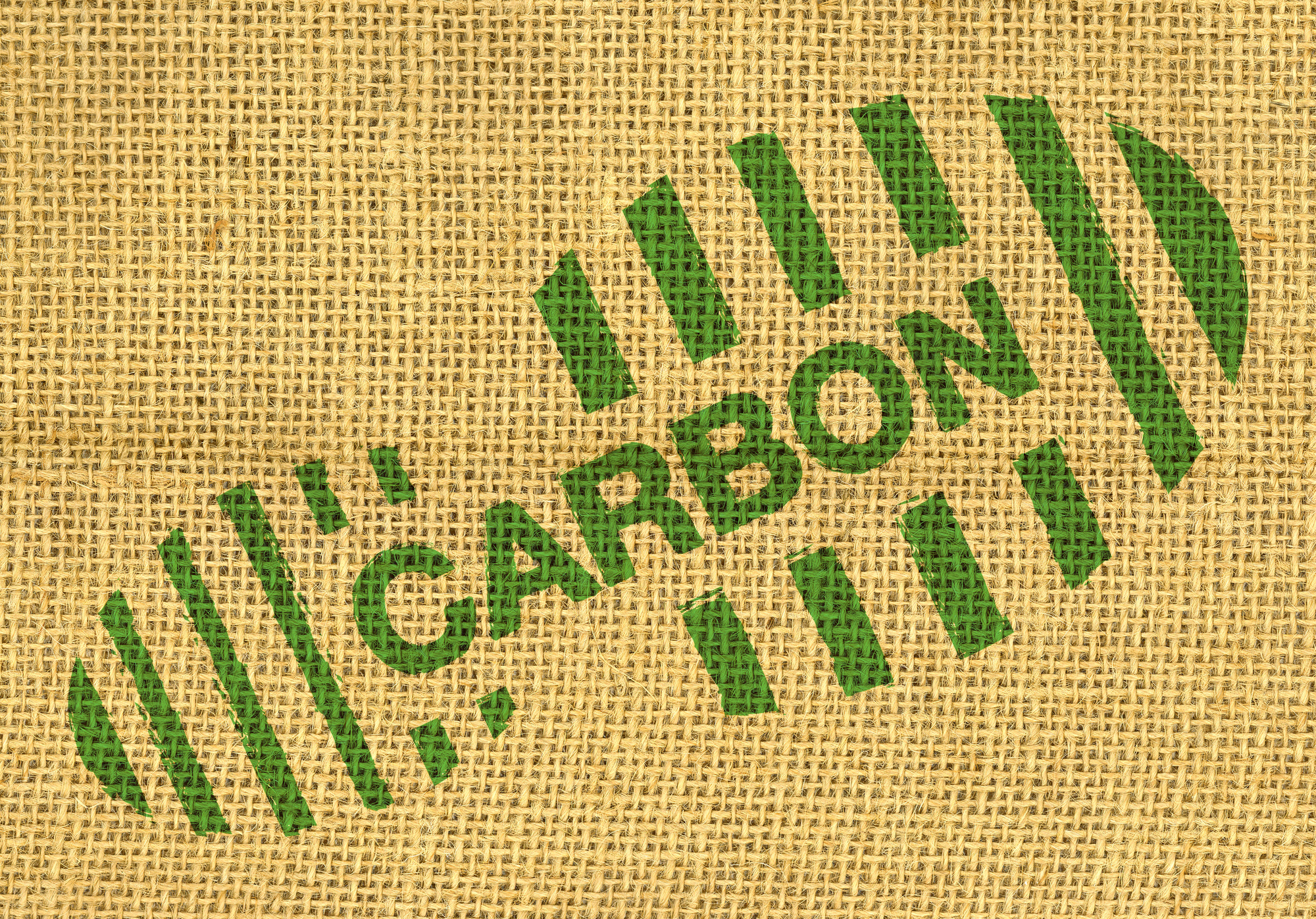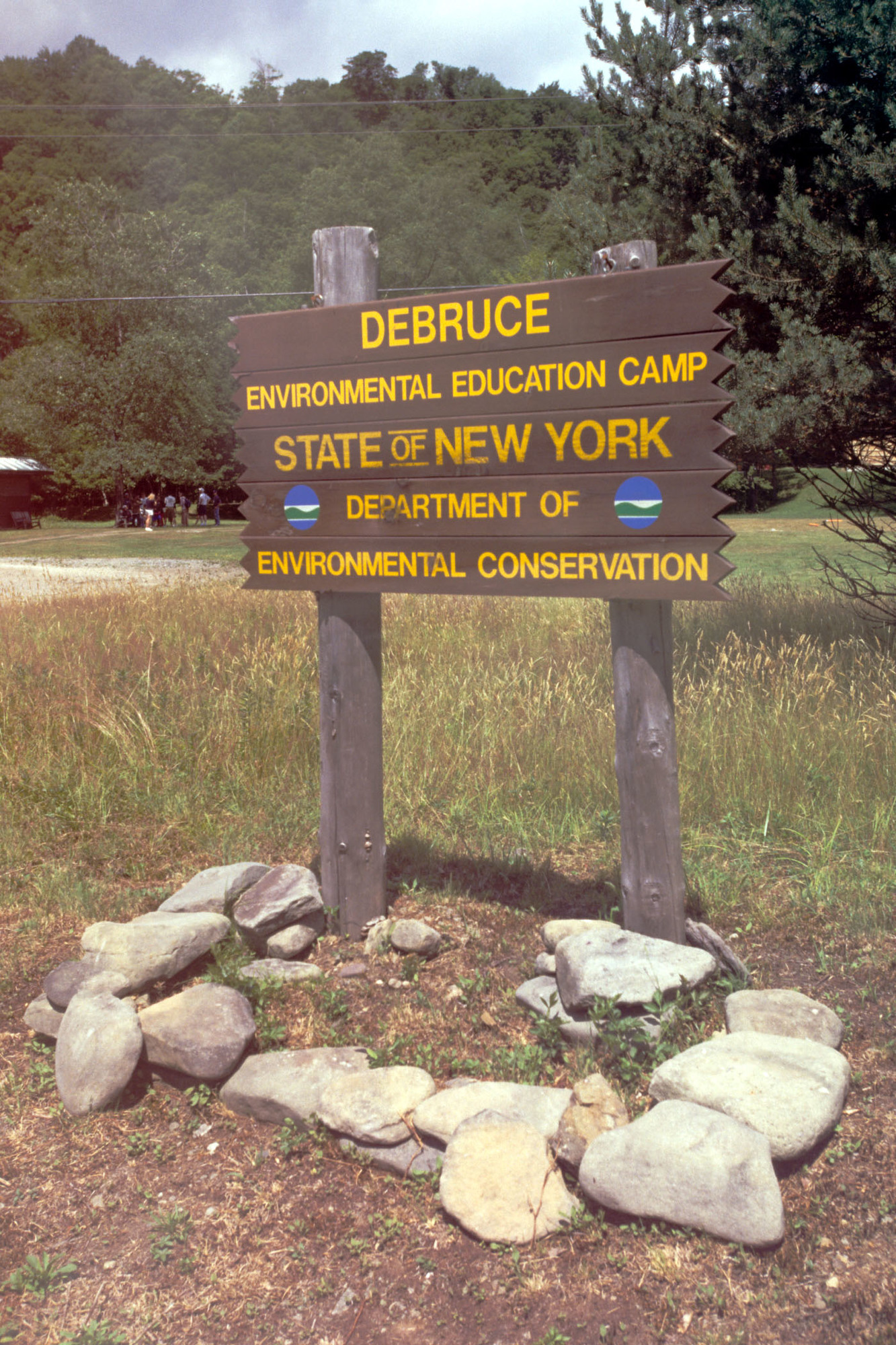Environmental Justice Newsletter
The New York State Department of Environmental Conservation sent this bulletin on 12/31/2019 05:28 PM EST |
| DEC Delivers - Information to keep you connected and informed from the NYS Department of Environmental Conservation |
| Share or view as a web page || Update preferences or unsubscribe |
Environmental Justice Newsletter |
In This Issue:
Carbon Footprint
New York is taking aggressive actions to address climate change head-on through investments in renewable energy, including offshore wind, solar, and energy storage and efficiency. In addition to these actions to reduce carbon dioxide, New York is also addressing methane emissions. Methane is a potent greenhouse gas that is the second largest contributor to climate change (carbon dioxide is first). Read this article in its entirety, and others on our website. Camp Registration
If this will be your first time registering a child for summer camp, we highly recommend you create an account with your camper’s medical and health insurance information. For first time accounts, this process may take 30 minutes to one hour to complete. Log in and fill the forms out in advance by visiting the document center located under the additional options menu. If you have an account, you should log in soon to make sure all your information is in order. Forms update annually and take 15 – 30 minutes to complete. The cost of camp is $350 per week. Campers are not registered unless you make full payment, and all forms and waivers are complete. Payment is done through the online processing system which accepts e-checks, credit cards, and gift certificates. If you have any questions or concerns, please reach out to our environmental education staff at (518) 402-8014 or submit your questions via e-mail. Make a Green ResolutionWith 2020 around the corner, the new year is a great time for new green beginnings. If the idea of taking on a cleaner carbon neutral lifestyle seems daunting, consider these easy, environmentally-friendly resolutions.
2020 Request for Applications - EPA GrantsThe US Environmental Protection Agency's Environmental Justice Collaborative Problem-Solving (EJCPS) Cooperative Agreement Program is awarding $1.2 million nationwide to support community-based organizations in their efforts to collaborate and partner with local stakeholder groups (e.g., local businesses and industry, local government, medical service providers, and academia) as they develop and implement community-driven solutions that address environmental and/or public health issues for underserved communities. EPA anticipates issuing 10 awards (one per EPA region) of up to $120,000 each. These awards are for two-year projects. Potential applicants are invited to participate in conference calls with EPA to address questions about the EJCPS Program and this solicitation. Please visit the FY20 EJCPS RFA web page for additional information. Eligible entities for this opportunity are:
If your organization is not eligible, you may partner with eligible entities on an EJSG project. To apply, visit EJCPS program website to access the full RFA, including instructions on applying through Grants.gov: FY20 EJCPS RFA web page. Applications are due Friday, February 7, 2020 by 11:59 PM Eastern Time EPA Offers Guide to Help Translate Pesticide Safety Information into SpanishThe Environmental Protection Agency (EPA) is taking an important step in its efforts to improve risk communication by expanding the agency's Spanish language resources that assist with translating the health and safety portions of agricultural product labels. The Spanish Translation Guide for Pesticide Labeling resource is available for anyone to use, including pesticide manufacturers, and provides a resource for pesticide registrants that choose to display parts of their pesticide product label in Spanish. The guide is written in a universal form of Spanish to reach as many Spanish speakers as possible, and provides translations for standard language typically used in the health and safety sections of pesticide product labels such as the:
The guide will help registrants maintain accurate, consistent translations on product labels and ease their burden when adding Spanish translations. |

 When talking about climate change, people sometimes think in terms of the future of the planet. However, the environmental effects of global climate change are already happening -- glaciers and arctic ice are shrinking, summers are hotter and come earlier, storms are more severe, and these changes are affecting plants, animals, and communities.
When talking about climate change, people sometimes think in terms of the future of the planet. However, the environmental effects of global climate change are already happening -- glaciers and arctic ice are shrinking, summers are hotter and come earlier, storms are more severe, and these changes are affecting plants, animals, and communities. Camp registration for the Summer 2020 season opens on Sunday, January 26th at 1 p.m.
Camp registration for the Summer 2020 season opens on Sunday, January 26th at 1 p.m.